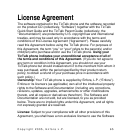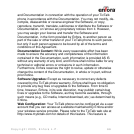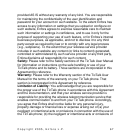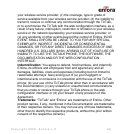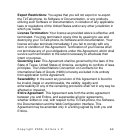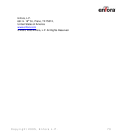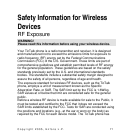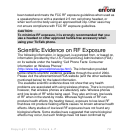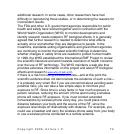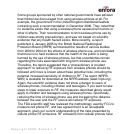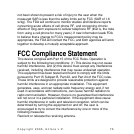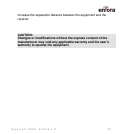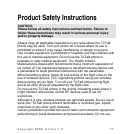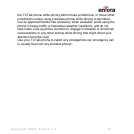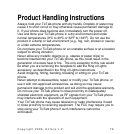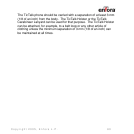
additional research. In some cases, other researchers have had
difficulty in reproducing those studies, or in determining the reasons for
inconsistent results.
The FDA and other U.S. government agencies responsible for public
health and safety have worked together and in connection with the
World Health Organization (WHO) to monitor developments and
identify research needs related to RF biological effects. It is generally
agreed that further research is needed to determine what effects
actually occur and whether they are dangerous to people. In the
meantime, standards-setting organizations and government agencies
are continuing to monitor the latest scientific findings to determine
whether changes in safety limits are needed to protect human health.
In 1996, the WHO established the International EMF Project to review
the scientific literature and work towards resolution of health concerns
over the use of RF technology. The WHO maintains a web site that
provides extensive information on this project and about RF biological
effects and research (
www.who.ch/peh-emf).
If there is a risk from using wireless phones—and at this point the
scientific evidence does not demonstrate the existence of such a risk—
it is probably very small. But if you are concerned about avoiding even
potential risks, you can take a few simple steps to minimize your
exposure to RF. Since time is a key factor in how much exposure a
person receives, reducing the amount of time spent using a wireless
phone will reduce RF exposure. If you must conduct extended
conversations by wireless phone every day, you could place more
distance between your body and the source of the RF, since the
exposure level drops off dramatically with distance. For example, you
could use a headset and carry the wireless phone away from your body
or use a wireless phone connected to a remote antenna.
Copyright 2005, Enfora L.P. 73



